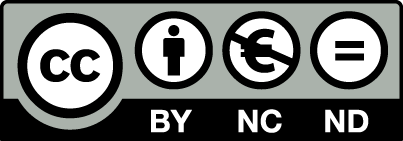Abstract:
This paper studies party-movement interactions in Germany, focusing on Die Linke and the AfD, the two most recent additions to Germany’s multi-party system. The electoral rise of both challenger parties went along with mass protests, opposition to Hartz IV in the mid-2000s and anti-Islamic PEGIDA mobilisation in the mid-2010s. We shift the emphasis from how social movements turn into political parties, including significant organisational and personal overlap, to more indirect ways of how protest and electoral politics interact. Specifically, we identify a process composed of two interrelated mechanisms: an external politicisation spiral and an intra-party innovation spiral. We show how mass protest triggers both discursive shifts in the public sphere and internal strategic realignment, providing an opportunity for parties to ride the wave, secure their competitive advantages, and mobilise on the protestors’ grievances in the electoral arena. In such a way, challenger parties can take advantage of street protests even when they do not directly emerge from a movement. Methodologically, the article is based on a paired comparison, relying on survey data and an original protest event analysis that provides novel data on anti-Hartz IV and PEGIDA protest mobilisation in Germany.

